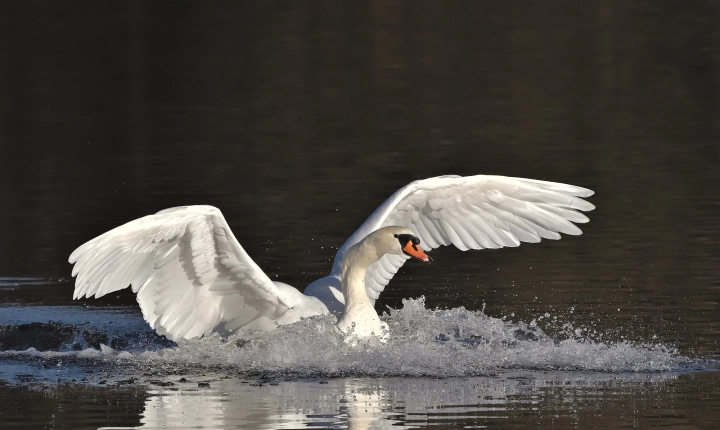Can AI be Used to Imagine an Image?
The realm of artificial intelligence (AI) has made significant strides in recent years, permeating various aspects of human life. One such area where AI has made significant progress is in the field of image generation and imagination. The capability of AI to create, or imagine, images has brought about new possibilities and raised fascinating questions about the intersection of technology and creativity.
Traditionally, the ability to imagine an image has been attributed to human creativity and intuition. We often associate imagination with the unique capacity of the human mind to visualize new concepts, scenarios, and artistic creations. However, the emergence of AI has challenged these traditional notions by demonstrating its ability to generate images that, in some cases, are strikingly similar to human-generated ones.
Generative Adversarial Networks (GANs) are one of the most notable methodologies within AI that have revolutionized the field of image imagination. GANs comprise two neural networks – a generator and a discriminator – which work in tandem to create and evaluate images. The generator network is tasked with creating images, while the discriminator network assesses the authenticity of the generated images. Through an iterative and competitive process, GANs can produce increasingly realistic and diverse images.
This capability of AI to imagine and create images has implications across various industries and fields. In the realm of art and design, AI-generated images have been utilized to inspire new visual concepts and aid in the creative process. Artists and designers can use AI-generated images as a springboard for their own work, leveraging the unique and unexpected outputs of AI to fuel their creativity.
Moreover, AI-generated images have garnered attention in fields such as virtual reality and gaming. The ability of AI to imagine diverse and realistic visual environments has the potential to revolutionize the creation of digital worlds, leading to more immersive and visually captivating experiences for users.
In the realm of medical imaging, AI’s capacity to imagine and generate images has shown promise in areas such as diagnostic imaging and pathology. By leveraging AI-generated images, medical professionals can potentially enhance their ability to identify and interpret complex medical data, leading to more accurate diagnoses and treatment plans.
However, while the advancements in AI image generation are undeniably impressive, they also raise ethical and societal concerns. The potential for AI to produce highly convincing fake images, such as counterfeit art or manipulated photographs, poses challenges in terms of authenticity and trust.
Moreover, the use of AI-generated images in sensitive areas such as medical diagnostics raises questions about the accountability and reliability of these technologies. It is crucial to ensure that AI-generated images are rigorously validated and ethically implemented to prevent potential harm or misinformation.
As AI continues to evolve, the ability of machines to imagine and create images will likely become increasingly sophisticated and impactful. The intersection of AI and human creativity presents a fertile ground for exploration and innovation, leading to new possibilities in art, design, healthcare, and beyond.
In conclusion, the question of whether AI can be used to imagine an image is no longer a hypothetical one – it is a reality with profound implications. The potential for AI to augment and inspire human creativity, as well as to revolutionize various industries, underscores the transformative power of this technology. However, it is essential to approach the development and implementation of AI-generated images with careful consideration of ethical, societal, and regulatory factors. By harnessing the potential of AI image generation responsibly, we can unlock new frontiers in creativity, problem-solving, and human-machine collaboration.
